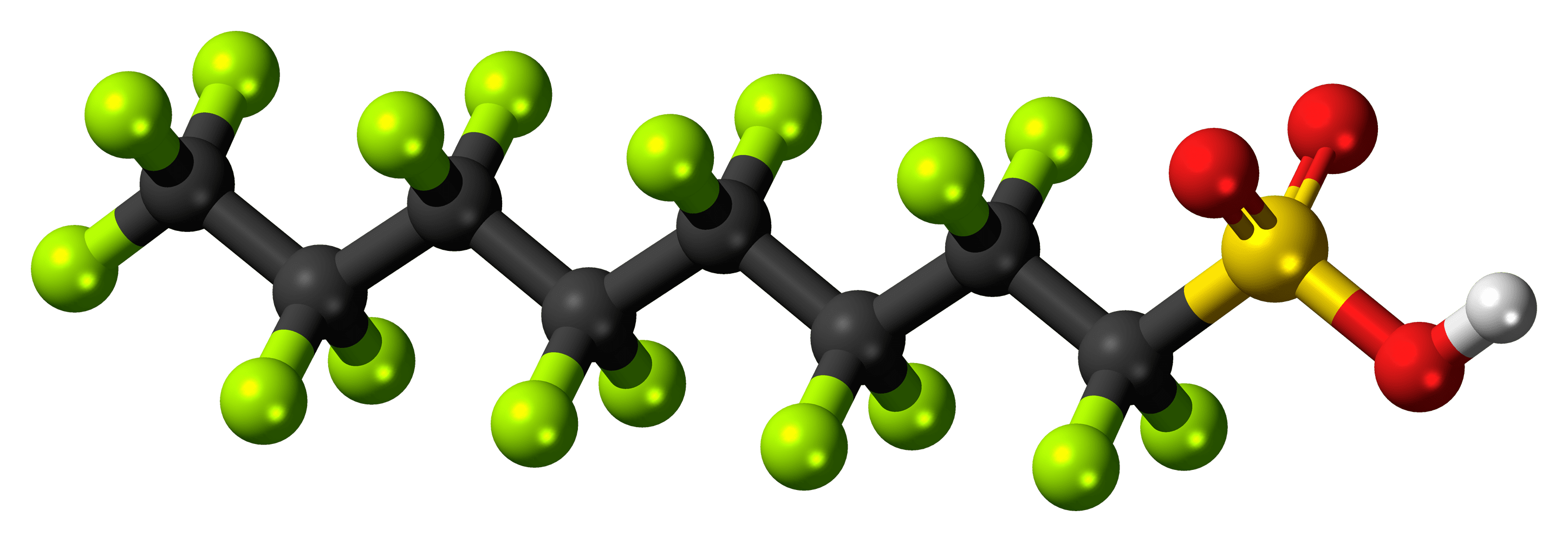- Researchers have developed a new method to break down PFAS (“forever chemicals”) and other fluoropolymers using visible LED light.
- This process is efficient and occurs at room temperature, unlike previous methods that required high heat.
- The technology has the potential to revolutionize how we address PFAS contamination and move towards a more sustainable fluorine-recycling system.
July 30, 2024 — Scientists at Ritsumeikan University have developed a groundbreaking method for breaking down PFAS , otherwise known as “forever chemicals,” as well as other fluorinated polymers (FPs). This innovative process uses visible LED light and semiconductor nanocrystals to decompose these persistent pollutants into fluorine ions under ambient conditions.
, otherwise known as “forever chemicals,” as well as other fluorinated polymers (FPs). This innovative process uses visible LED light and semiconductor nanocrystals to decompose these persistent pollutants into fluorine ions under ambient conditions.
The Challenge of PFAS Persistence.
PFAS have been used extensively in various industries due to their stability and resistance to heat and water. However, these same properties have made them a persistent environmental problem, as traditional decomposition methods require harsh conditions such as temperatures exceeding 400°C.
Harnessing the Power of Light.
The new light-based method offers a much milder and more efficient solution. By exposing semiconductor nanocrystals to visible LED light in the presence of PFAS, the researchers were able to achieve complete defluorination of perfluorooctanesulfonate (PFOS), a common PFAS, within 8 hours.
“This study not only demonstrates the feasibility of efficiently breaking down various PFASs and FPs under mild conditions but also paves the way for advancing toward a sustainable fluorine-recycling society,” said Yoichi Kobayashi, lead author of the study.
Applications and Implications.
This innovative technology has the potential to revolutionize the treatment of PFAS contamination in water sources and soil. The ability to break down these persistent pollutants at room temperature and under mild conditions could lead to more cost-effective and environmentally friendly remediation strategies.
Additionally, the recovery of fluorine ions from the decomposition process opens up possibilities for sustainable fluorine recycling, reducing the need for new fluorine mining and its associated environmental impacts.
The development of this light-based method represents a significant breakthrough in the fight against PFAS pollution.
Research Citation.
Arima, Yuzo & Okayasu, Yoshinori & Yoshioka, Daisuke & Nagai, Yuki & Kobayashi, Yoichi. (2024). Multiphoton-driven Photocatalytic Defluorination of Persistent Perfluoroalkyl Substances and Polymers by Visible Light . Angewandte Chemie (International ed. in English). e202408687. 10.1002/anie.202408687.
. Angewandte Chemie (International ed. in English). e202408687. 10.1002/anie.202408687.
Image: Ball-and-stick model of the perfluorooctanesulfonic acid molecule, also known as PFOS, a fluorosurfactant and global pollutant. Public domain, see legend .
.


Leave a Reply